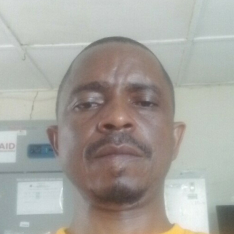SLMTA Calibration model for resource limited countries
, Calibration remains a daunting challenge for laboratories seeking accreditation, what has been approaches that SLMTA have provided for low-income countries where there are limited, or no people trained for the calibration of ancillary equipment?
Emmanuel T

Comments
So for my laboratory, some but not all of our equipment that needs calibration are done with the support from our partners at the Standard Authority
Here are some steps that labs can take, using the SLMTA model, to improve their calibration performance:
1. Develop a calibration policy: A formal policy document should be developed that outlines the laboratory's approach to calibration, including the methods used for calibration, the frequency of calibration, and the criteria for determining acceptable levels of accuracy.
2. Identify critical equipment: Identify the equipment that is critical to the laboratory's operations and prioritize it for calibration. Ancillary equipment that is used to support laboratory processes, such as pipettes, balances, and thermometers, should also be included in this list.
3. Develop calibration procedures: Develop standardized procedures for calibrating critical and ancillary equipment. These procedures should be documented in the laboratory's quality management system and should include step-by-step instructions, calibration methods, and acceptable levels of accuracy.
4. Train staff on calibration: Provide training to laboratory staff on the principles of calibration and how to perform calibration procedures. Training can be delivered through on-the-job training, workshops, or online courses.
5. Implement a maintenance program: Implement a program for regular maintenance of equipment to ensure that it is functioning properly and accurately. This can include regular cleaning, lubrication, and replacement of worn or damaged parts.
6. Monitor and evaluate calibration performance: Monitor the laboratory's calibration performance over time and use this information to make continuous improvements to calibration procedures and equipment maintenance.
By following these steps, laboratories can improve their calibration performance and meet the accreditation requirements for calibration. The SLMTA model provides a practical approach that emphasizes continuous quality improvement and the use of simple, practical tools and techniques, which are particularly valuable for low-resourced labs.
Nicely explained 👍️
THERE ARE CALIBRATION COMPANIES NOW COMING UP IN AFRICA. MORE LABS ARE GETTING TO KNOW THEM AND THINGS ARE GETTING BETTER.